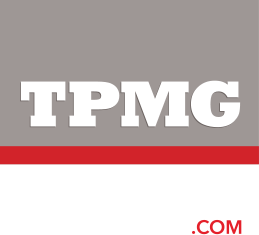MIT professor develops nickel-tungsten alloy that could be a substitute for chrome
July 2009- Bumpers serve a practical purpose: They help reduce damage to vehicles in low-speed collisions. But they can also play an aesthetic role, especially when they are coated in chrome.
The material can lose a bit of luster, though, when one considers the potential health hazards associated with its production, as well as the negative impact on the environment.
Specifically, the process by which chrome is actually coated onto materials employs hexavalent chromium, which is carcinogenic if inhaled and can be fatal if touched. Further, hexavalent chromium has also been known to pollute groundwater and soil, according to the Environmental Protection Agency.
According to Christopher Schuh, associate professor of materials science and engineering at the Massachusetts Institute of Technology, finding a replacement for chrome has proven long and difficult.
"The problem is that it's the only plated metal coating that has all of these properties: hardness, long-lasting shine and corrosion protection," said Schuh in a press release.
With a team of collaborators, however, Schuh has developed a possible alternative to chrome. The nickel-tungsten alloy offers higher safety, as well as increased durability, and it's being tested on the bumpers of a truck fleet.
"Not only do you get rid of the environmental baggage, but you make a better product, as well," said Schuh.
Science below the surface
According to the press release, "Chrome's hardness--it is considerably harder than steel--comes from its nanocrystalline structure. Schuh and his group set out to duplicate that structure with a material that could be easily and safely electroplated."
(Electroplating is the technique used to coat metal objects with chrome.)
The nickel-tungsten alloy Schuh and his team developed has indefinite stability at room temperature, and when it's heated, it resists decomposition.
"[Nickel-tungsten alloys] can also be made harder and longer-lasting than chrome," according to the press release. "In addition, the electroplating process is more efficient than that for chrome because multiple layers can be applied in one step, which could save money for manufacturers."
If the chrome alternative performs well in its current test, it could be used in other applications, including faucet fixtures and engine parts. "The technology could [also] be used to coat other products, including shock absorbers and print rolls," according to the press release. "Recent tests showed that print rolls coated with the new alloy lasted 10 times longer than their chrome-plated counterparts." FFJ












